OK, so you booked your MotoCalifornia tour to explore California’s finest or travel across Tuscany. Now, you need to document your experiences to preserve your memories and share them with your friends, family, and social media platforms.
Sure, a few quick snapshots will document some cool scenes, but a focus on motorcycle photography is a must to truly stick out.
Motorcycle photography is a creative pursuit that combines the art of capturing stunning visuals with the passion for motorcycles.
In this guide, we’ll explore the ins and outs of motorcycle photography, from the essential gear to expert tips and techniques that will help you capture the essence of two-wheeled freedom.
 Gear Up: Essential Equipment for Motorcycle Photography
Gear Up: Essential Equipment for Motorcycle Photography
Just like gearing up for a comfortable and safe ride, choosing the proper camera equipment is also crucial. Here, we break it down to the basics.
Camera Selection
Choosing the right camera is the first crucial step in motorcycle photography. While smartphones can capture impressive shots, investing in a dedicated digital single-lens reflex (DSLR) or mirrorless camera will provide you with greater creative control and image quality. These cameras allow you to adjust settings like aperture, shutter speed, and ISO, which are essential for capturing dynamic motorcycle shots.
Lenses and Filters
The choice of lenses and filters can significantly impact your motorcycle photos. A versatile zoom lens, such as an 18-55mm or 24-70mm, is an excellent starting point, allowing you to capture wide-angle shots and zoom in for details. Consider investing in a wide-angle lens for dramatic effect, which is ideal for capturing sweeping vistas or dramatic angles.
Additionally, using filters can enhance your photos. A polarizing filter reduces glare and enhances colors, while a neutral density (ND) filter lets you control exposure in bright conditions, which is essential for capturing motion blur.
Tripods and Stabilization
Steady shots are crucial in motorcycle photography, especially when capturing stationary motorcycles or shooting in low light. A sturdy tripod is a must-have accessory to keep your camera steady during long exposures. Tripods with adjustable legs allow you to set up on uneven terrain, while a ball head allows precise angle adjustments.
If photographing moving motorcycles, consider using a monopod or a stabilizer rig. These tools help reduce camera shake while providing the flexibility to track fast-moving subjects.
 Finding the Perfect Shot – Composition and Framing
Finding the Perfect Shot – Composition and Framing
In motorcycle photography, the composition and framing of your shots play a pivotal role in conveying the story and emotion behind each image. Here, we’ll delve into essential techniques to help you compose captivating photographs.
Rule of Thirds
The rule of thirds is a fundamental guideline in photography composition. It involves mentally dividing your frame into nine equal parts using two horizontal and two vertical lines. The points where these lines intersect are known as “power points.”
Placing key elements of your photograph along these lines or at the intersections often creates a more balanced and visually appealing composition.
When applying the rule of thirds to motorcycle photography, consider positioning the bike or the rider along these grid lines. This can draw attention to the subject while incorporating the surroundings for context.
Leading Lines
Leading lines are elements within your frame that guide the viewer’s eye towards the subject. In motorcycle photography, roads, trails, fences, or even tree branches can serve as effective leading lines. These lines add depth and a sense of direction to your photographs, making them more dynamic.
Experiment with different angles and perspectives to incorporate leading lines that naturally guide the viewer’s gaze toward the motorcycle or the rider. For instance, capturing a winding road ahead or a bridge spanning the horizon can create a powerful visual narrative.
Backgrounds and Context
While focusing on the motorcycle is crucial, the background and context of your shots are equally important. They provide the setting and mood for your photographs.
Consider the surroundings and how they complement the story you want to convey.
For instance, if you’re shooting a vintage motorcycle, placing it against a backdrop that evokes a sense of nostalgia, such as an old garage or a classic gas station, can enhance the overall narrative. On the other hand, capturing a modern sportbike against a futuristic urban landscape can emphasize its cutting-edge design and performance.
Experiment with different backgrounds to find the ones that resonate best with your subject and the story you wish to tell through your photographs.
Mastering Light – Natural and Artificial Lighting
Lighting is the essence of photography, and mastering it is crucial for capturing exceptional motorcycle shots. In this section, we’ll explore how to harness natural and artificial light to create stunning images.
Golden Hour Magic
Photographers often refer to the “golden hour” as the period after shortly sunrise and before sunset. During this time, the sun’s angle produces soft, warm, and diffused light, casting long shadows and adding a captivating glow to your photographs.
When planning your motorcycle photography sessions, aim to shoot during the golden hour. The soft, directional light enhances the bike’s contours and creates a sense of depth. It also adds warmth to your shots, making them visually appealing and inviting.
Controlling Shadows
While shadows can add depth and drama to your photographs, excessive or harsh shadows can be distracting. To control shadows, consider using a reflector or a diffuser. Reflectors bounce light onto your subject, reducing shadows, while diffusers soften harsh sunlight, creating a more even and flattering illumination.
When photographing motorcycles, especially under direct sunlight, position your reflector to bounce light onto the bike’s shadowed areas, highlighting its features and minimizing distracting contrasts.
Creative Use of Flash
While natural light is often preferred, using a flash can open up creative possibilities in motorcycle photography. Flash can freeze motion, highlight details, and add a unique dimension to your shots.
When using a flash, it’s essential to balance it with ambient light. Consider using a fill flash to illuminate your subject while maintaining the ambiance of the background.
Experiment with flash modifiers, such as softboxes or bounce cards, to diffuse and control the flash’s intensity, preventing harsh highlights and shadows.
 Action Photography – Freezing the Thrill of the Ride
Action Photography – Freezing the Thrill of the Ride
Action photography is all about capturing the excitement and energy of motorcycles in motion. In this section, we’ll delve into techniques to help you freeze the thrill of the ride in your photographs.
Shutter Speed Techniques
Shutter speed is a critical factor in action photography. It determines how long the camera’s sensor is exposed to light. To freeze fast-moving motorcycles, you’ll need a high shutter speed, typically above 1/500th of a second. This fast speed helps capture every detail and prevent motion blur.
However, you can also experiment with slower shutter speeds to create artistic effects. A slower shutter speed combined with panning can convey a sense of speed and motion. To achieve this, track the motorcycle’s movement while keeping it sharp, allowing the background to blur, and emphasizing the feeling of speed.
Panning Shots
Panning is a technique that involves tracking a moving subject with your camera while using a slow shutter speed. It results in a sharp subject against a blurred background, effectively conveying a sense of motion.
To master panning, choose a relatively slow shutter speed, such as 1/30th of a second or slower, depending on the motorcycle’s speed.
As the motorcycle approaches, pan your camera in the same direction as its movement. The goal is to keep the motorcycle in focus while blurring the background. This technique requires practice but can yield stunning, dynamic shots.
Capturing Motion Blur
Creating motion blur intentionally can add a sense of action to your motorcycle photographs. To achieve motion blur, select a slower shutter speed (typically 1/30th of a second or slower) and mount your camera on a tripod or stabilizer. As the motorcycle passes through the frame, it will leave a streak of motion behind it, emphasizing speed and dynamism.
Experiment with different shutter speeds to find the right balance between capturing motion blur and maintaining the clarity of your subject. This technique can be particularly effective when shooting motorcycles on winding roads or race tracks.
 Scouting Locations – From Urban Landscapes to Scenic Routes
Scouting Locations – From Urban Landscapes to Scenic Routes
The choice of location can significantly impact the mood and story of your motorcycle photographs. In this section, we’ll discuss how to find the perfect backdrops for your shots, whether you prefer urban landscapes or scenic routes.
Urban Exploration
Urban environments offer a rich and contrasting backdrop for motorcycle photography. City streets like those in Florence, industrial areas, and architectural marvels can add a sense of grit and urbanity to your shots.
Consider scouting locations like:
- Abandoned factories or warehouses for an industrial vibe.
- Iconic cityscape views from bridges or elevated locations.
- Vibrant street scenes with bustling traffic and pedestrians.
When shooting in urban settings, pay attention to leading lines formed by streets and buildings, and explore the interplay of artificial lighting and reflections, which can create visually striking compositions.
Countryside Serenity
If you prefer a more tranquil and natural setting, the countryside provides a serene backdrop for motorcycle photography. Rolling hills, open fields, and winding country roads can capture the essence of a leisurely ride. Look for locations like:
- Scenic byways and country roads with minimal traffic.
- Lakesides or riversides that reflect the calm of nature.
- Vantage points overlooking vast landscapes.
In rural areas, you’ll often have the opportunity to capture wide-angle shots that emphasize the expansive beauty of the countryside. Consider framing your motorcycle against the backdrop of a sweeping vista.
Destination Photography
Destination photography is an exciting option for motorcycle enthusiasts who love to embark on long journeys. When traveling to specific locations, you have the opportunity to capture the essence and culture of those places.
Consider:
- Iconic landmarks and monuments.
- Local festivals or events.
- Unique cultural experiences.
Destination photography allows you to tell a story not only about the motorcycle but also about the adventure and exploration it offers. These shots often become cherished memories of your travels.
 Safety First – Tips for Photographing Moving Motorcycles
Safety First – Tips for Photographing Moving Motorcycles
Safety should always be a top priority when photographing motorcycles in motion. Whether you’re the rider or the photographer, these tips will help ensure a safe and successful photoshoot.
Safety Gear for You and Your Equipment
- Wear Protective Gear: If you’re the rider, ensure you’re wearing appropriate safety gear, including a helmet, gloves, and protective clothing. For photographers, consider wearing a high-visibility vest or clothing to remain visible to other riders and drivers.
- Secure Your Equipment: When photographing from a moving motorcycle, ensure your camera gear is securely fastened. Use straps or mounts designed for photography equipment to prevent accidents or damage.
- Helmet Communication: If you photograph a rider while on another motorcycle, use a helmet communication system to maintain clear communication. This is especially important for coordinating shots and ensuring safety.
Communication with Riders
- Pre-Shoot Briefing: Before the ride, have a thorough discussion with the rider(s) about the shots you want to capture. Establish hand signals or communication cues for direction and adjustments during the ride.
- Safety Signals: Agree on safety signals to communicate issues or emergencies. For example, a double tap on the helmet could mean “stop immediately,” while a thumbs-up could signal that everything is okay.
- Practice Shots: If you’re photographing a rider in motion, practice your shots and communication in a controlled environment before hitting the road. This helps build trust and ensures smoother coordination.
Respect Traffic Laws
- Obey Traffic Rules: Whether you’re the rider or the photographer, follow all traffic laws and regulations. Maintain a safe and legal speed, and never compromise safety for the sake of a shot.
- Stay in Control: When photographing from a moving motorcycle, always maintain control of the bike. Avoid sudden maneuvers or distractions that could endanger you or others on the road.
- Scout Locations: When planning a photoshoot, scout locations in advance to identify safe spots for capturing shots. Choose areas with minimal traffic and good visibility.
Weather Considerations
- Weather Awareness: Be mindful of weather conditions, especially when photographing on the open road. Rain, strong winds, or fog can impact visibility and road conditions. Safety should always come first, so consider postponing the shoot if conditions are hazardous.
- Gear Protection: If you’re photographing in adverse weather, ensure your camera equipment is adequately protected. Use weather-resistant gear or covers to prevent damage from rain or dust.
Post-Processing – Enhancing Your Motorcycle Photos
Post-processing is an essential step in motorcycle photography that allows you to refine and elevate your images. Here, we’ll explore techniques and tools to enhance your motorcycle photos.
Editing Software
To begin, you’ll need suitable editing software. Adobe Lightroom and Adobe Photoshop are popular choices among photographers due to their robust features. Lightroom offers non-destructive editing, while Photoshop provides powerful tools for in-depth image manipulation.
Color Correction and Enhancement
Color correction ensures that the colors in your photographs appear accurate and balanced. This step is especially crucial when dealing with various lighting conditions. Use the following techniques:
- White Balance: Adjust the white balance to correct color casts caused by different lighting sources. This ensures that whites appear truly white.
- Exposure and Contrast: Fine-tune exposure and contrast to enhance the overall look of your image. Correct underexposure or overexposure to reveal hidden details.
- Vibrance and Saturation: Boost vibrance and saturation to make colors pop. However, be mindful not to oversaturate, which can result in an unnatural look.
Cropping and Framing
Cropping and framing are powerful tools for improving composition and directing the viewer’s attention. Consider these tips:
- Rule of Thirds: There’s that word again! Apply the rule of thirds during cropping to create a balanced and visually pleasing composition.
- Leading Lines: Emphasize leading lines during cropping to guide the viewer’s eye toward the motorcycle or key elements in your shot.
- Aspect Ratios: Experiment with different aspect ratios to change the mood and impact of your photo. For instance, a widescreen format can emphasize the sense of speed and adventure.
Special Effects
To add a unique touch to your motorcycle photos, consider applying special effects:
- Blur Effects: Use selective blur to draw attention to the motorcycle while blurring the background, creating a sense of motion.
- Vignetting: Add a subtle vignette to darken the corners of your image, focusing the viewer’s gaze toward the center.
- Filters: Apply creative filters or presets to achieve specific looks or moods that suit your vision for the photograph.
Remember that while post-processing can enhance your photos, it’s essential to strike a balance. Overediting can result in unnatural or distracting images, so aim for a look that complements the mood and style of your motorcycle photography.
 Sharing Your Passion – Social Media and Motorcycle Photography Communities
Sharing Your Passion – Social Media and Motorcycle Photography Communities
Your motorcycle photography deserves an audience, and in this section, we’ll explore how to share your work effectively on social media and within motorcycle photography communities.
Leveraging Social Media
- Choose the Right Platforms: Select social media platforms that cater to visual content, such as Instagram, Facebook, or Pinterest. These platforms are ideal for showcasing your motorcycle photography.
- Consistent Branding: Establish a consistent visual style and branding for your motorcycle photography. This includes using a particular editing style, color palette, and watermark if desired. Consistency helps your work stand out and become recognizable.
- Engage with Your Audience: Interact with your followers by responding to comments and engaging in conversations. Building a community around your work can lead to greater visibility and a dedicated following.
- Use Relevant Hashtags: Research and use relevant hashtags to expand the reach of your posts. Hashtags can help your photos appear in search results and reach a broader audience interested in motorcycle photography.
Joining Photography Communities
- Online Photography Forums: Participate in online photography forums and communities dedicated to motorcycle photography. These platforms allow you to share your work, receive feedback, and connect with fellow enthusiasts.
- Local Riding Clubs: Consider joining local motorcycle riding clubs or groups. These communities often organize events and rides, providing you with opportunities to capture unique moments and share your photography with a like-minded audience.
- Photography Workshops and Meetups: Attend photography workshops and meetups in your area. These events allow you to learn from experienced photographers, improve your skills, and network with potential collaborators.
- Submit to Motorcycle Magazines: Some motorcycle magazines and websites accept reader-submitted content. Submit your best work to these publications for a chance to have your photography featured.
Collaborate and Grow
- Collaborate with Riders: Build relationships with motorcycle riders and enthusiasts. Collaborations can lead to exciting photo opportunities and help you gain exposure within the motorcycle community.
- Attend Motorcycle Events: Attend motorcycle events, rallies, and races to capture the energy and excitement of the riding world. These events are excellent opportunities to document unique moments and share them with a passionate audience.
Remember that sharing your passion for motorcycle photography is not just about showcasing your work but also about connecting with others who share your enthusiasm.
By engaging with your audience and participating in relevant communities, you can expand your reach and make your motorcycle photography a vibrant part of the motorcycle culture.
Capturing the Essence of Two-Wheeled Freedom
In our exploration of motorcycle photography, we’ve embarked on a thrilling ride to capture the spirit and energy of motorcycles in action.
Here are the key takeaways:
- Preparation is Key: Plan your shoots meticulously. Scout locations, consider lighting conditions, and communicate effectively with riders and fellow photographers to ensure a successful photoshoot.
- Master Your Equipment: Understand your camera and gear thoroughly. Experiment with different lenses, settings, and accessories to achieve the best results.
- Embrace Natural Light: Leverage the beauty of natural light, especially during the golden hour, to add warmth and depth to your photographs. Use reflectors and diffusers to control shadows.
- Action Photography Techniques: Experiment with shutter speed, panning, and motion blur to capture the dynamic nature of motorcycles in motion.
- Location Matters: Choose locations that complement your vision. Urban environments offer grit and contrast, while the countryside provides serenity and scenic routes.
- Safety First: Prioritize safety for both you and the riders. Wear protective gear, obey traffic laws, and practice clear communication during shoots.
- Post-Processing Magic: Enhance your motorcycle photos through post-processing. Edit for color correction, crop for better composition, and apply special effects to add a unique touch.
- Share Your Passion: Showcase your work on social media platforms, engage with your audience, and join motorcycle photography communities to connect with fellow enthusiasts.
- Collaborate and Grow: Collaborate with riders, attend motorcycle events, and submit your work to publications to expand your reach and connect with the vibrant motorcycle culture.
As you continue your journey in motorcycle photography, remember that it’s not just about capturing bikes; it’s about telling stories, evoking emotions, and sharing the thrilling world of two-wheeled freedom with your audience.
So, gear up, hit the open road with MotoCalfiornia, and let your passion for motorcycle photography capture the essence of this exhilarating lifestyle.

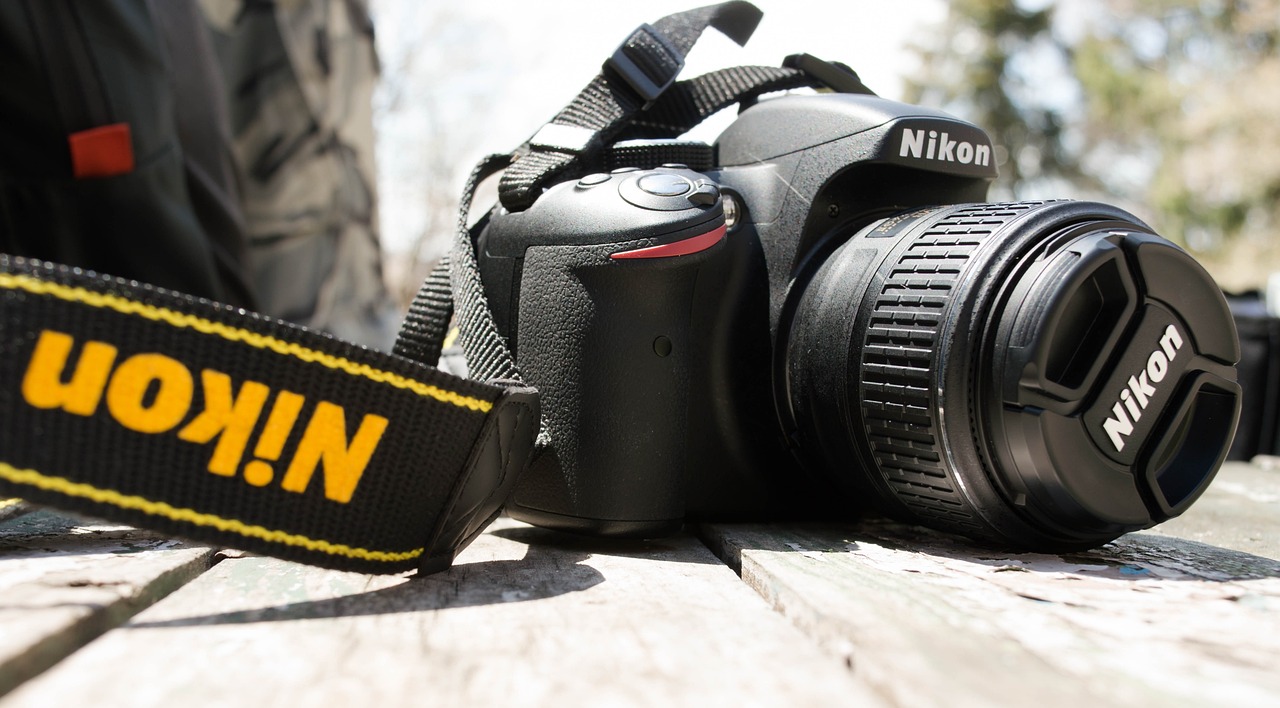 Gear Up: Essential Equipment for Motorcycle Photography
Gear Up: Essential Equipment for Motorcycle Photography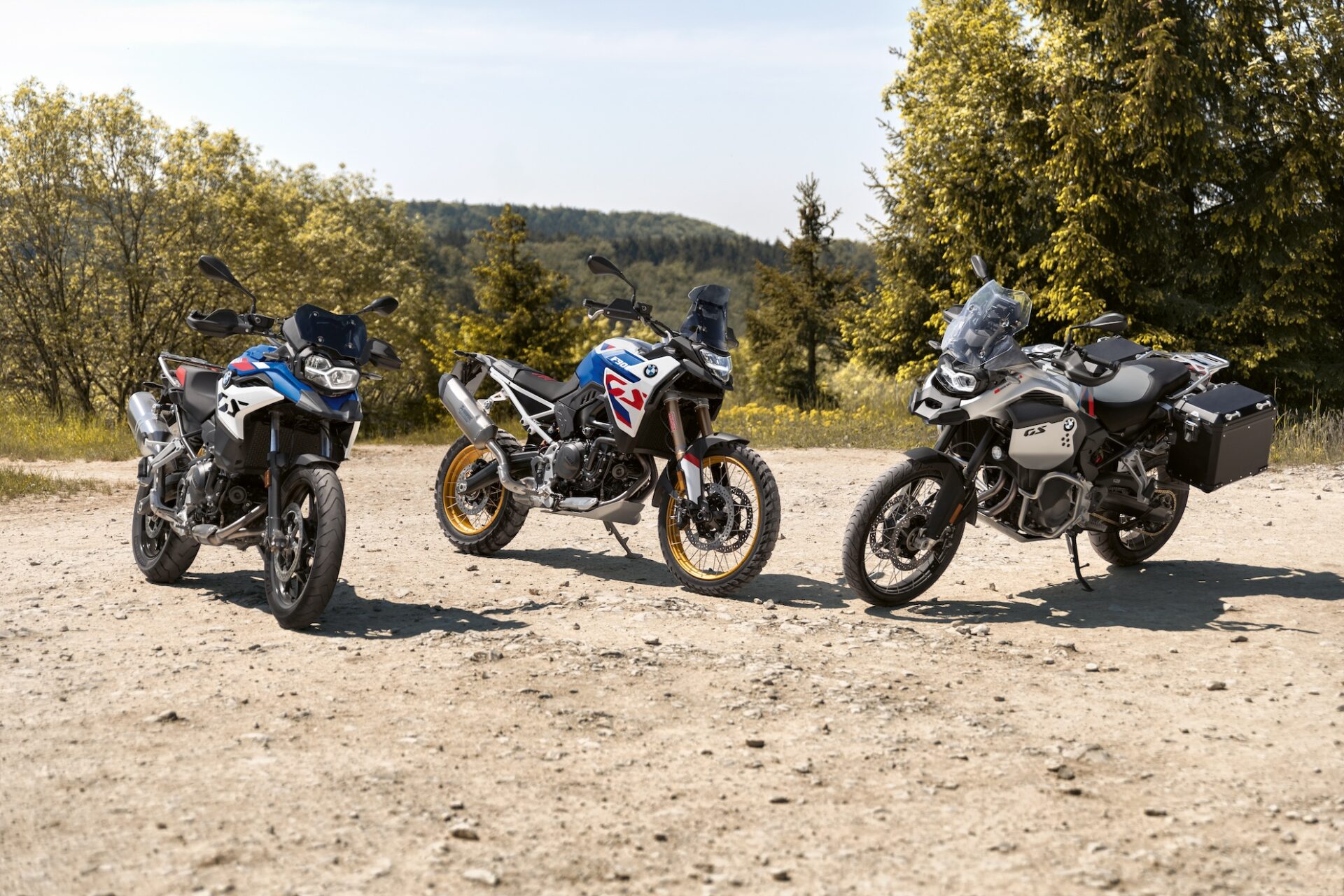 Finding the Perfect Shot – Composition and Framing
Finding the Perfect Shot – Composition and Framing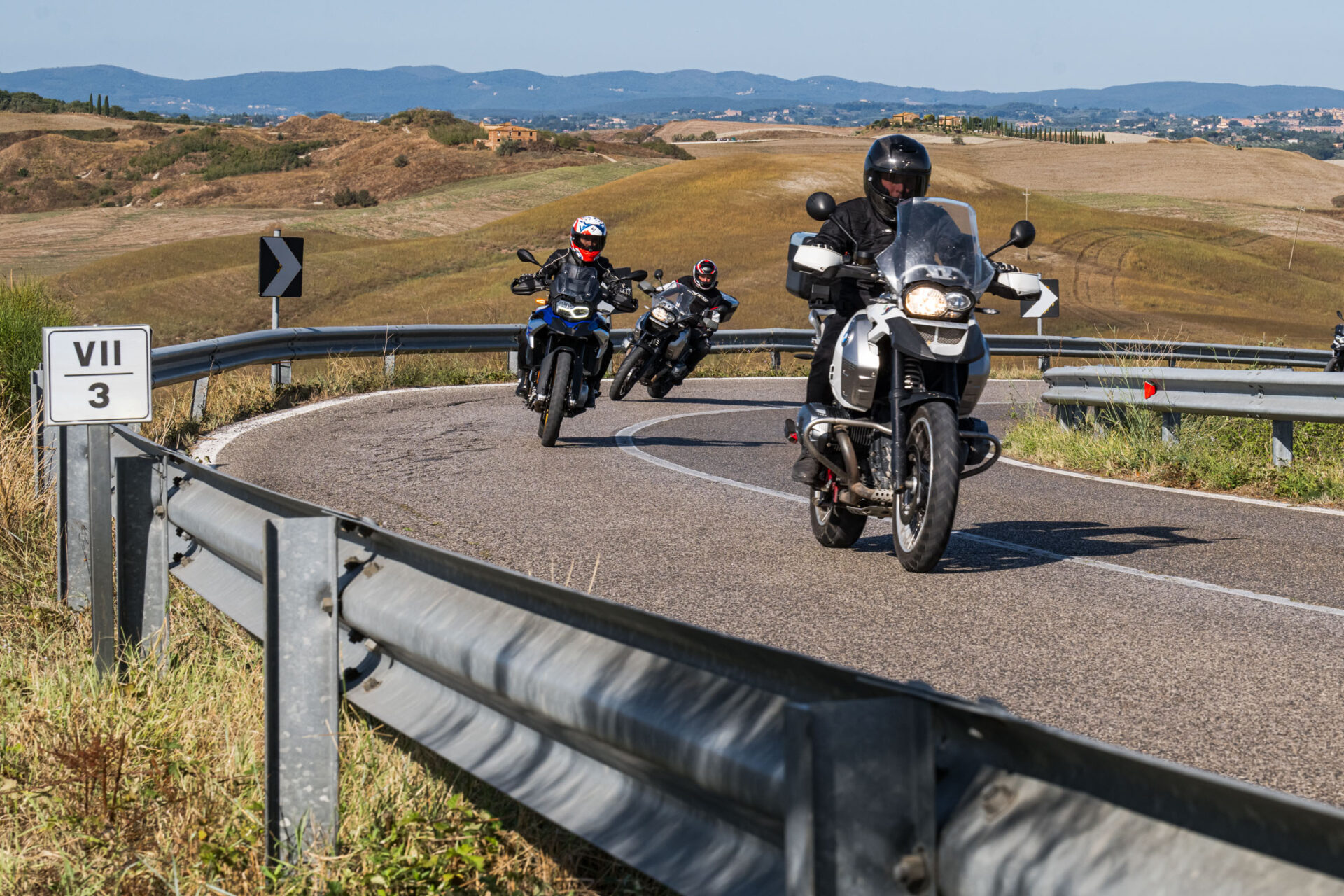 Action Photography – Freezing the Thrill of the Ride
Action Photography – Freezing the Thrill of the Ride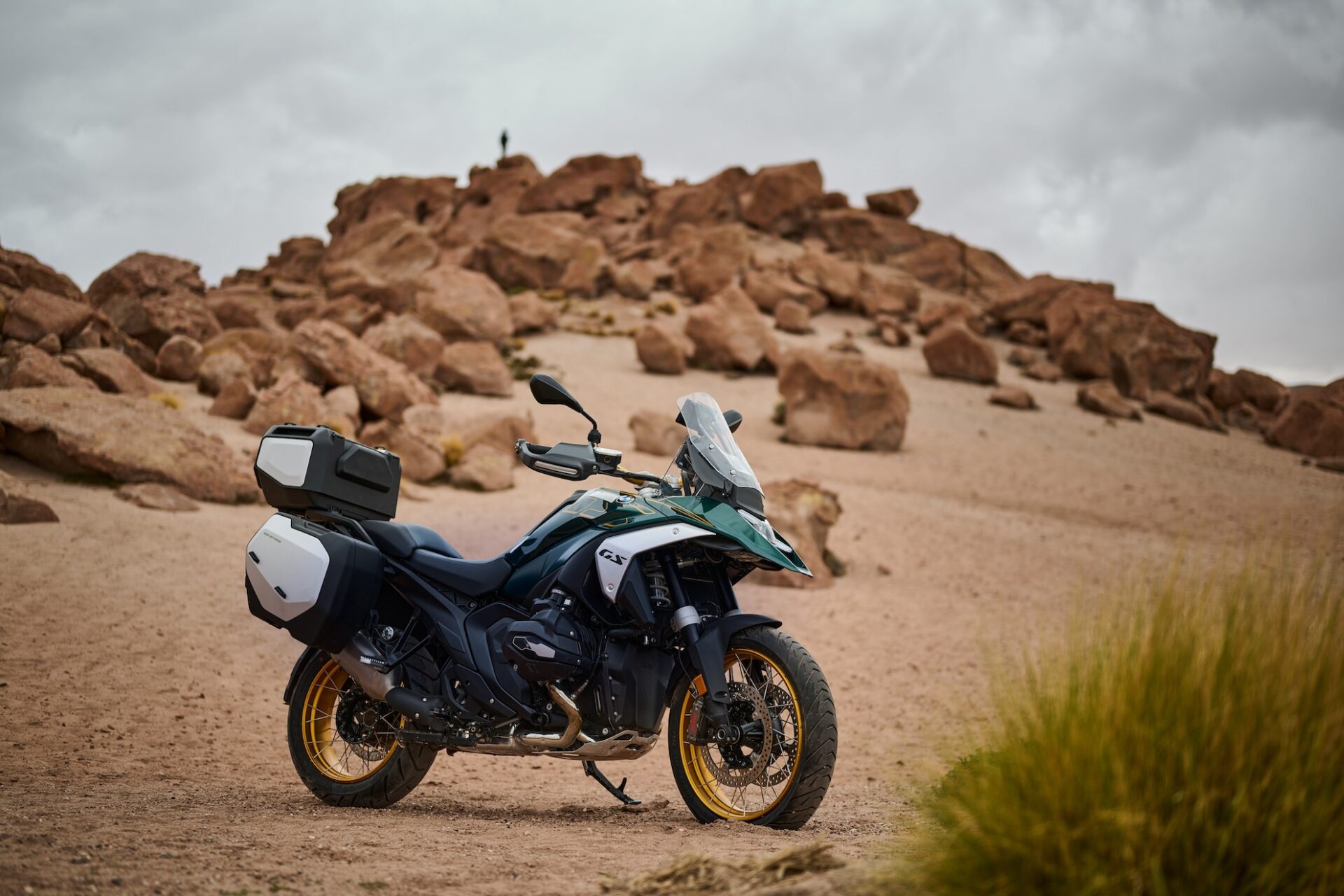 Scouting Locations – From Urban Landscapes to Scenic Routes
Scouting Locations – From Urban Landscapes to Scenic Routes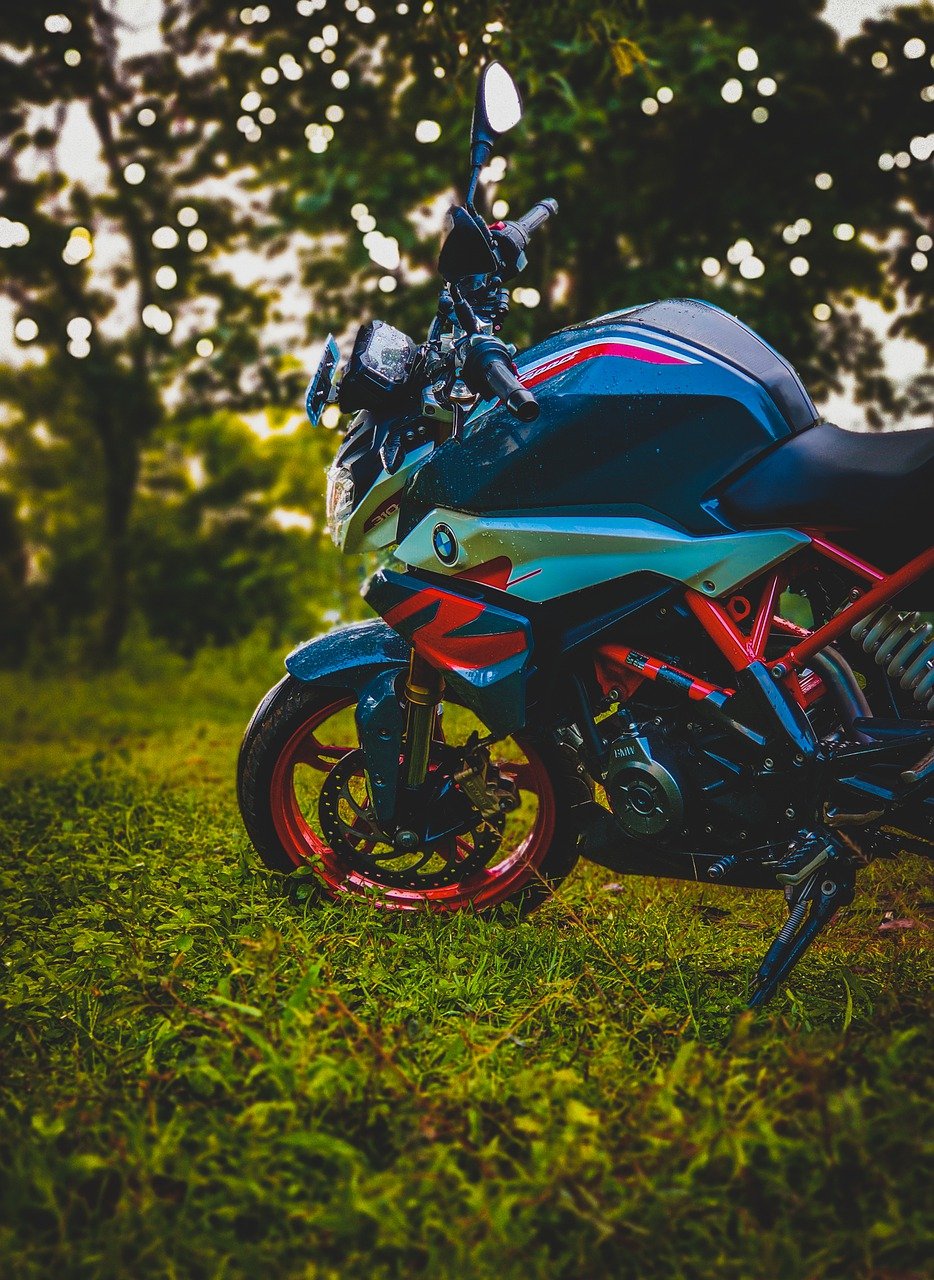 Safety First – Tips for Photographing Moving Motorcycles
Safety First – Tips for Photographing Moving Motorcycles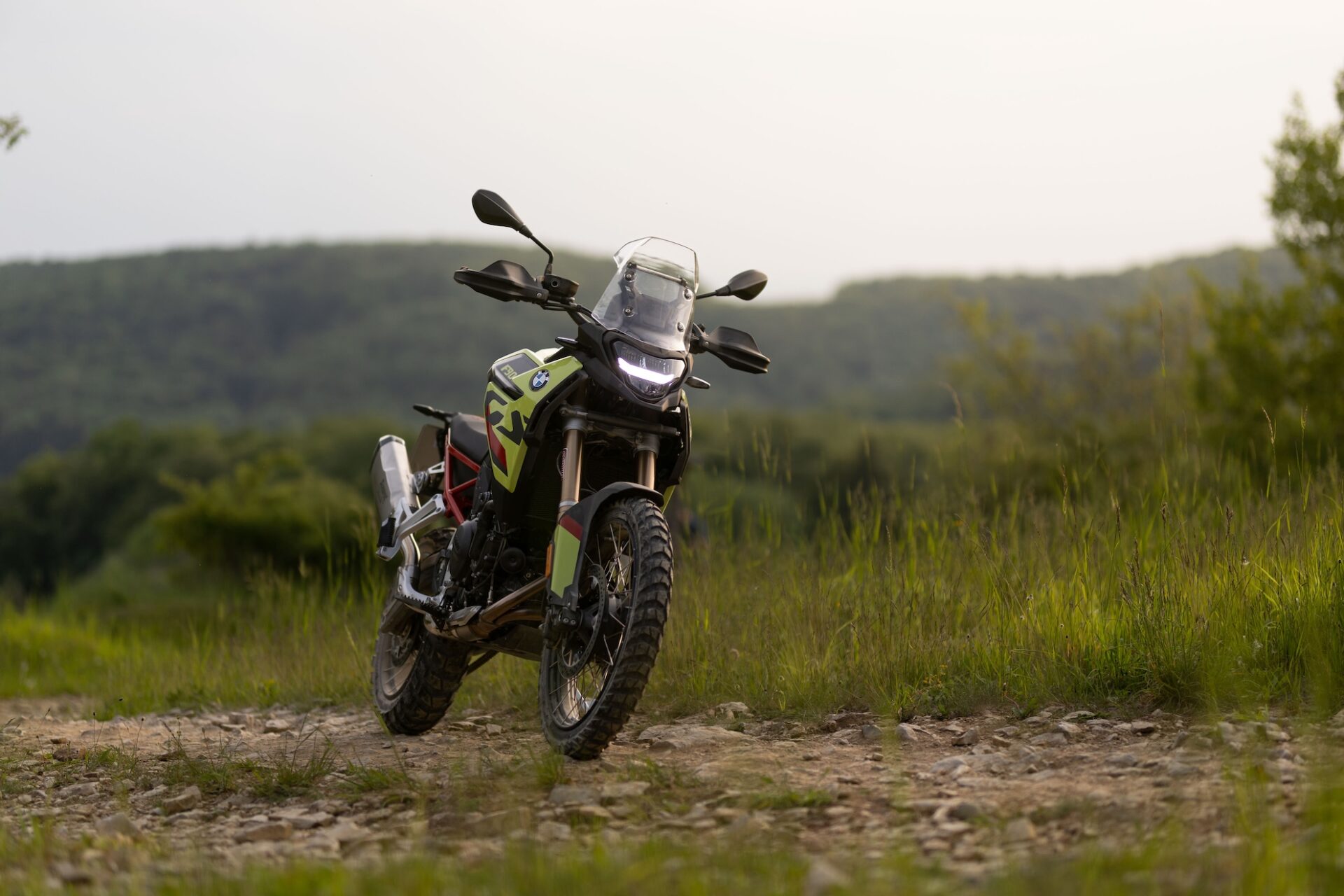 Sharing Your Passion – Social Media and Motorcycle Photography Communities
Sharing Your Passion – Social Media and Motorcycle Photography Communities